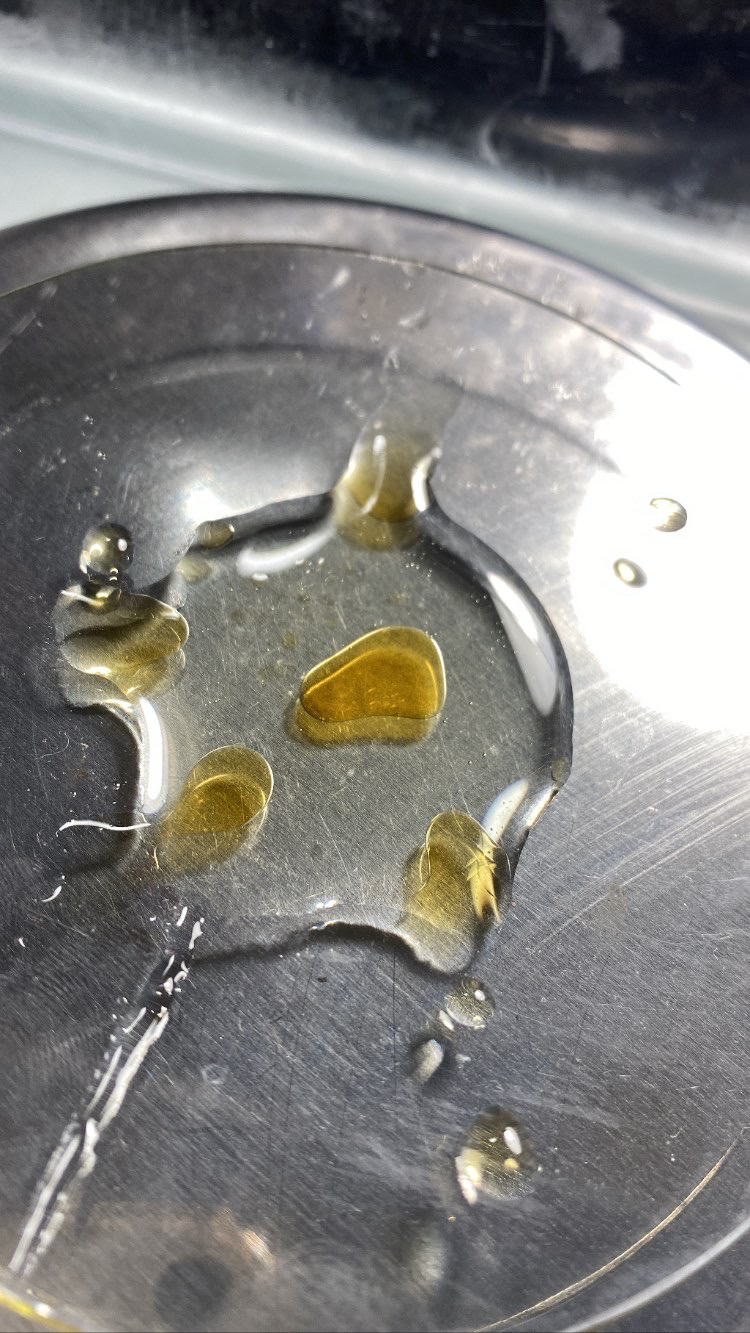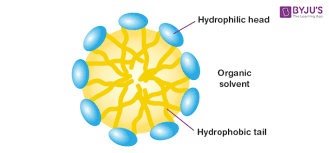|
In this post, we are going to be making natural micellar water. I got this idea from the blog Point of Interest run by Susan (Link). Just like her, I do not like caprylyl/capryl glucoside very much as it is very sticky. However, she mentioned at 2% and below, you can avoid the stickiness and create a micellar water. So I know that I wanted to try it out. Micellar waters are simply but are a mixture of water and a solubilizer. The solubilizer creates micelles; hence, where the name comes from. The solublizer then solubilizes the oil, dirt, and makeup form your skin and then it is wipes off. They are not rinse cleansers, but I like to follow up with a wet wash cloth or i will go in with my cleanser. You do not want to add any oil to this formula, as it will really reduce the cleansing. If you want to fragrance the product, I would use a hydrosol or water-soluble fragrance. There will be a residue, so the after-feel is really important, you do not want to be using anything that is sticky. I want it to be hydrating so we can use some non-greasy natural humectants like 1,3 propanediol, sodium lactate, or glycerin at 3% or lower. I want to use 3% glycerin because I want to use Euxyl® PE 9010 at 1% and it requires a solvent like glycerin. In addition, I am going to use sodium lactate at 2% as I love the way it makes products feel. Finally, I want to add 0.20% of a natural chelator sodium phytate. It will make the water softer. I have a whole post on the diamond level blog on chelating agents that you can read here. Let's write out the formula. Calculations:
100-(2+0.20+2+3+1)=91.8 91.8/2=45.9 Method:
Substitutions and Alterations:
 This work is licensed under a Creative Commons Attribution-NonCommercial-ShareAlike 4.0 International License.
2 Comments
Kajol Golchha
6/1/2023 10:41:02 pm
Greatly explained sir I really loved the way you explained everything in a simple and clear way it was really helpful and knowledgeable and really great. Thank you sir 💯.
Reply
Zachariah Kovac
8/8/2023 06:28:59 pm
That made my day, I am glad this post could help. 💖
Reply
Leave a Reply. |
Disclaimer!You are at your own risk when making anything from this blog. I am not liable for any mishaps that may occur. I do my best to include everything in the procedure so, that accident are less likely occur! Archives
June 2024
Categories
All
|



 RSS Feed
RSS Feed